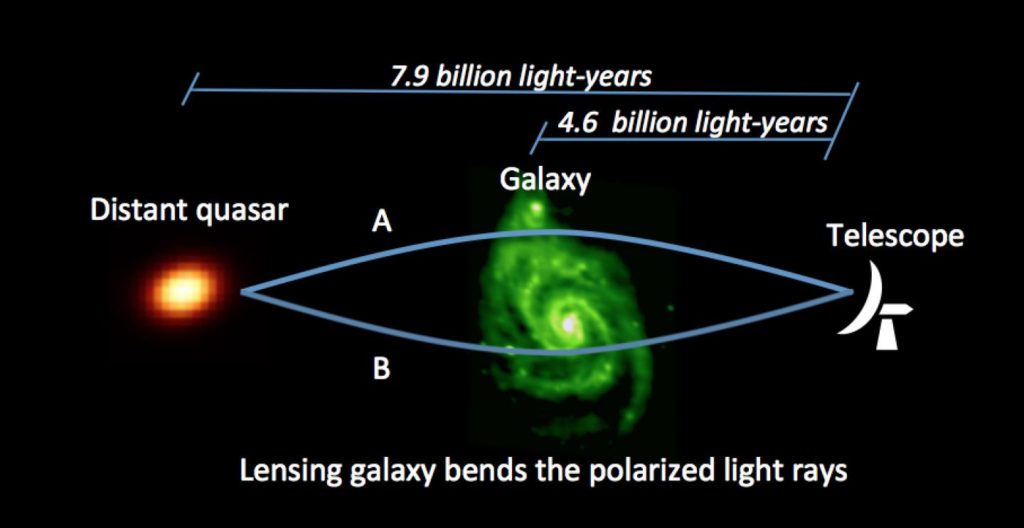It’s an exciting time for astronomers at the moment as new measurements of magnetic fields have been recorded that come from a galaxy located 4.6 billion years away. This gives researchers a big clue into how magnetic fields came to form and evolve over time. Sui Ann Mao is the Minerva Research Group leader at the Max Planck Institute for Radio Astronomy and leader of this research, and in a recent article published in nature Astronomy, she reports how these distant magnetic fields from galaxies far away have been detected.

Just like a regular refrigerator magnet, astronomical objects have magnetic fields that repel and attract other magnets as well as electrically charged objects. If we are to try and understand the fundamental questions regarding the universe, then first we need to understand magnetic fields. Magnetic fields play a vital role when it comes to forming stars or determining how stars affect their surroundings. They can also indicate if planets could, in fact, be habitable.
To try and answer the burning question of when and how did magnetic fields arise, scientists observed the strength and way in which the magnetic fields were organized in these far away galaxies. “By catching magnetic fields when they’re so young, we can rule out some of the theories of where they come from,” confirmed Ellen Zweibel, a professor of astronomy and physics at UW-Madison and a co-author of the study.
Although magnetic fields from other galaxies have previously been measured, Mao’s team is the first to measure them that far away in both space and time. They did this through the use of the National Radio Astronomy Observatory’s Very Large Array. This magnificent piece of equipment is a collection of 27 radio telescopes and is situated over in New Mexico. Working together it acts as one giant telescope and thankfully Mao was to observe a distant galaxy through it and proceed to measure its magnetic fields.
Because of gravitational lensing, the light that was being emitted from the quasar lying behind the galaxy appeared as two separate images that surrounded the galaxy. In order to determine the strength and organization of the galaxy’s magnetic fields, the team measured how these two images that were being affected by the fields differed. As explained by Zweibel, as the two views of the quasar are seen along very similar lines of sight, they are comparable to one another as are affected in the same way.
More News to Read
- Researchers Make a Breakthrough in Neutrino Behavior
- The Medical Implications Weightlessness Has on our Astronauts
- Researchers Discover Lonely Microbes Have Higher rate of Antibiotic Resistance
- Are Nanodiamonds the Answer to Safer Batteries?
- Scientist Identified a Portion of the Brain that Intensified the Desire For Cocaine

